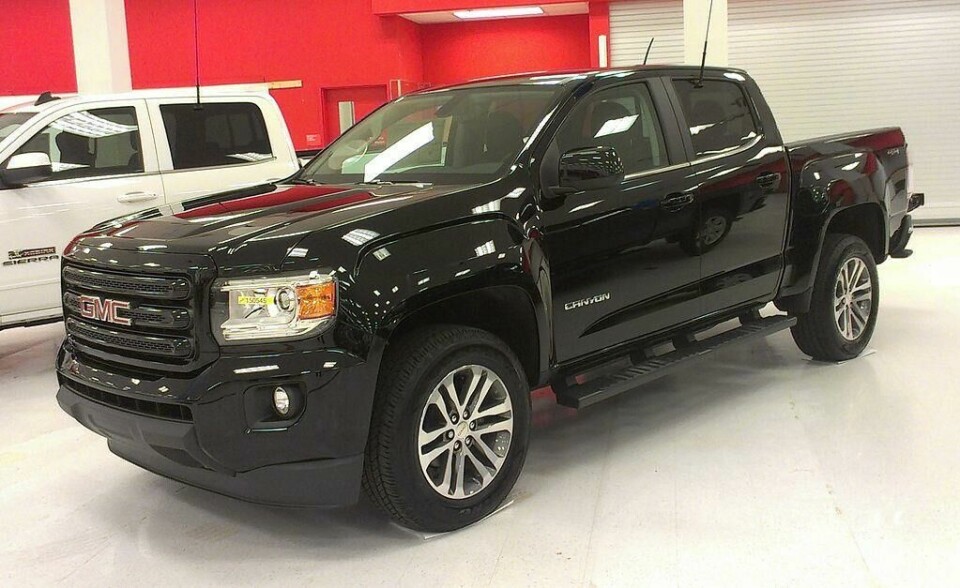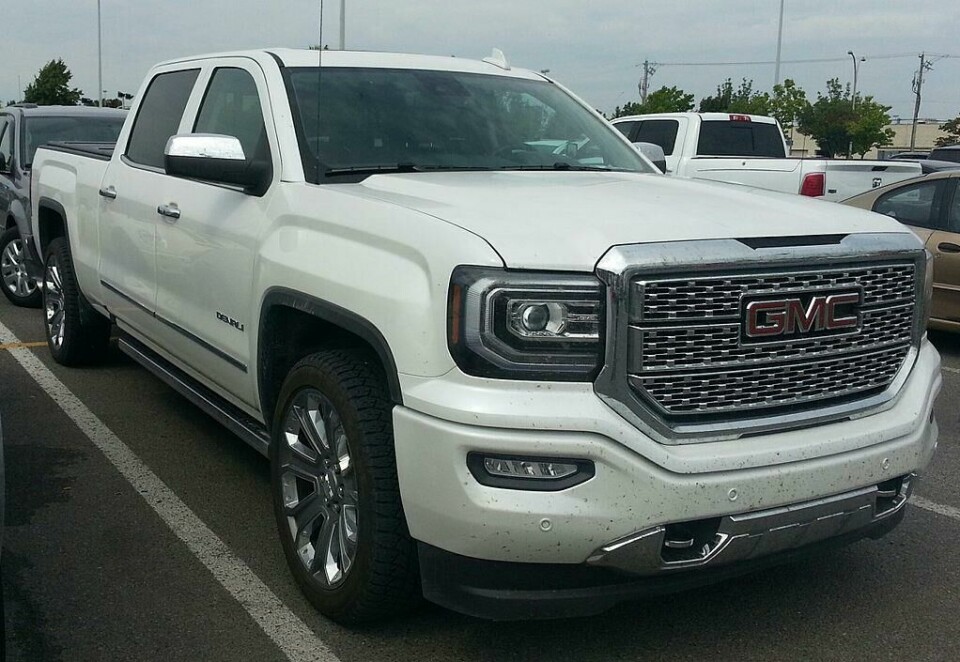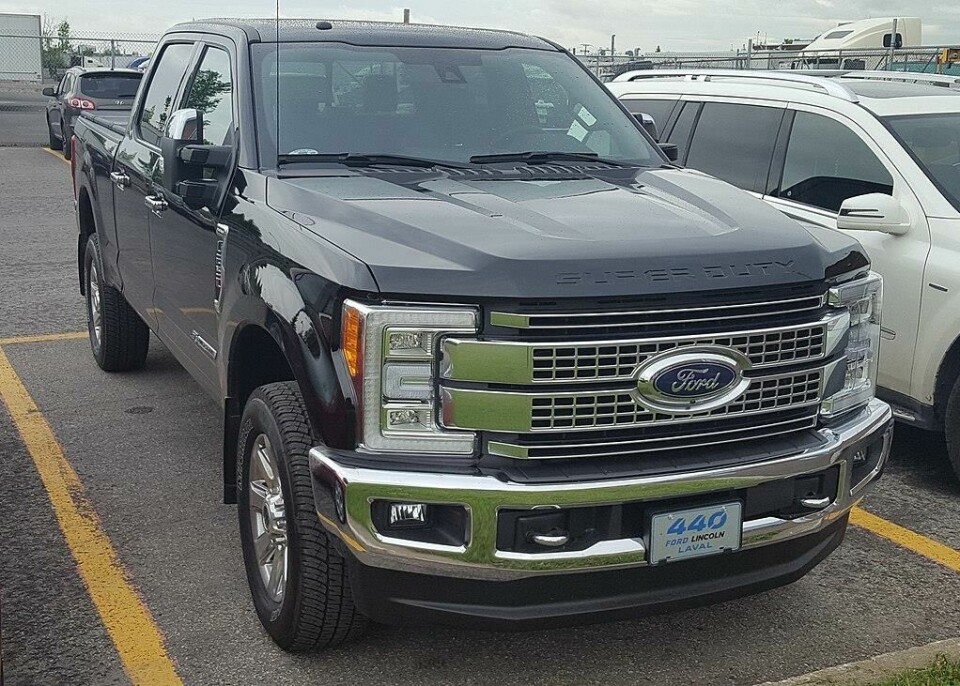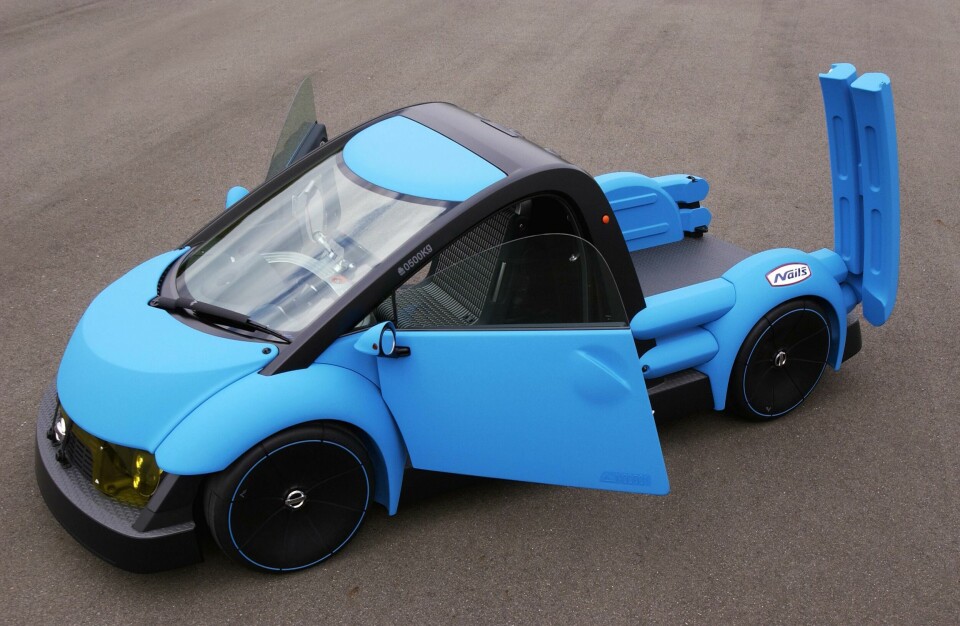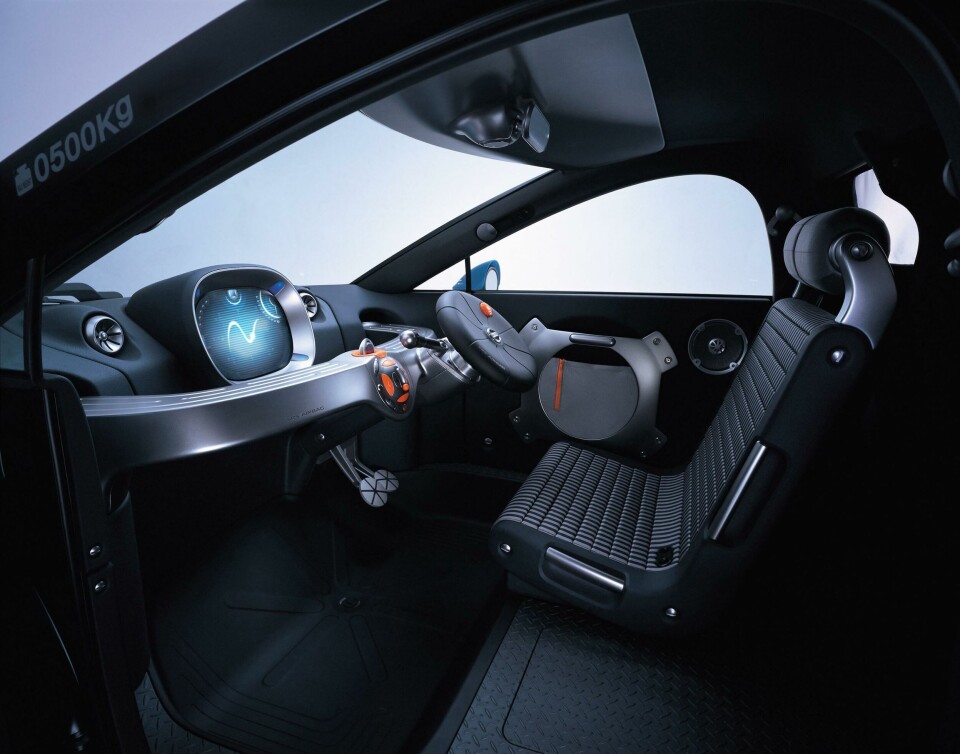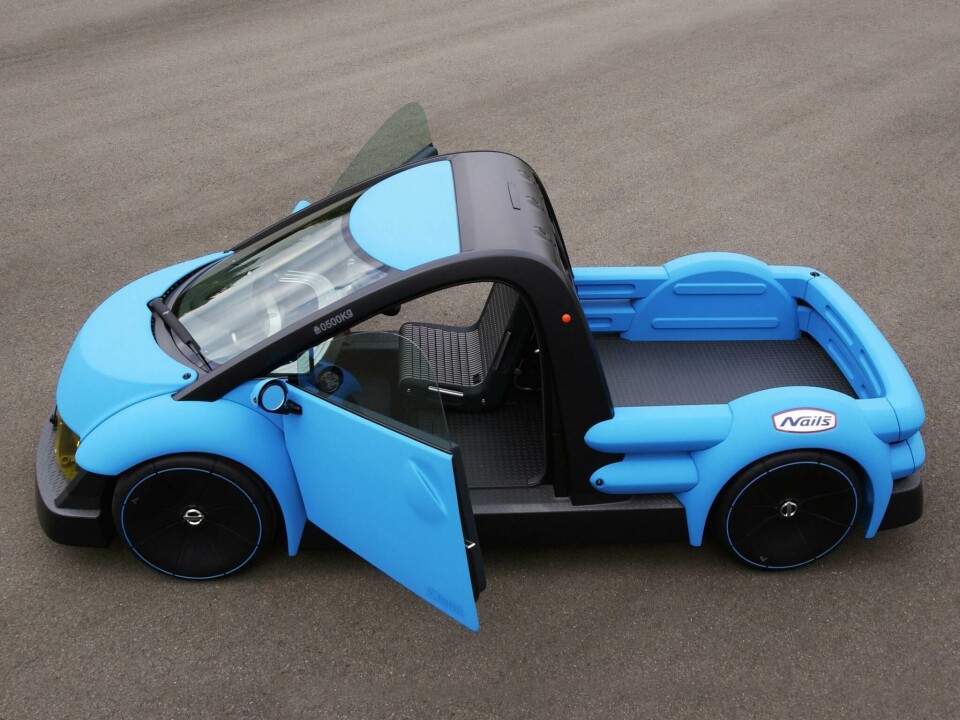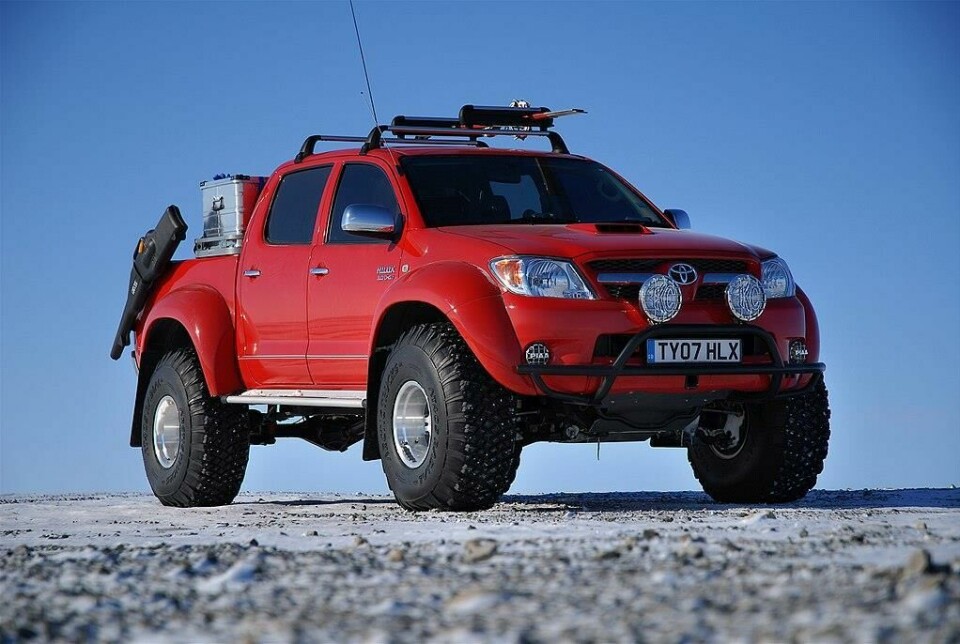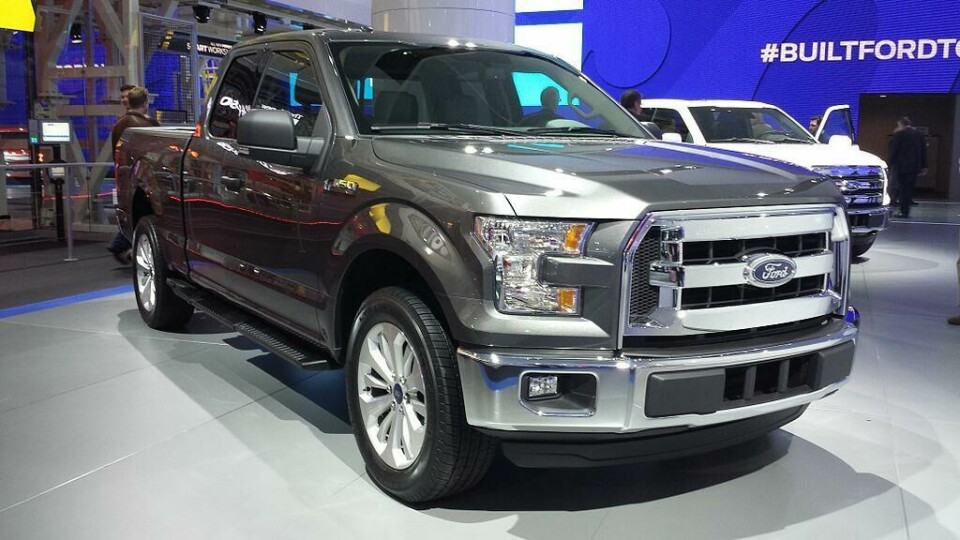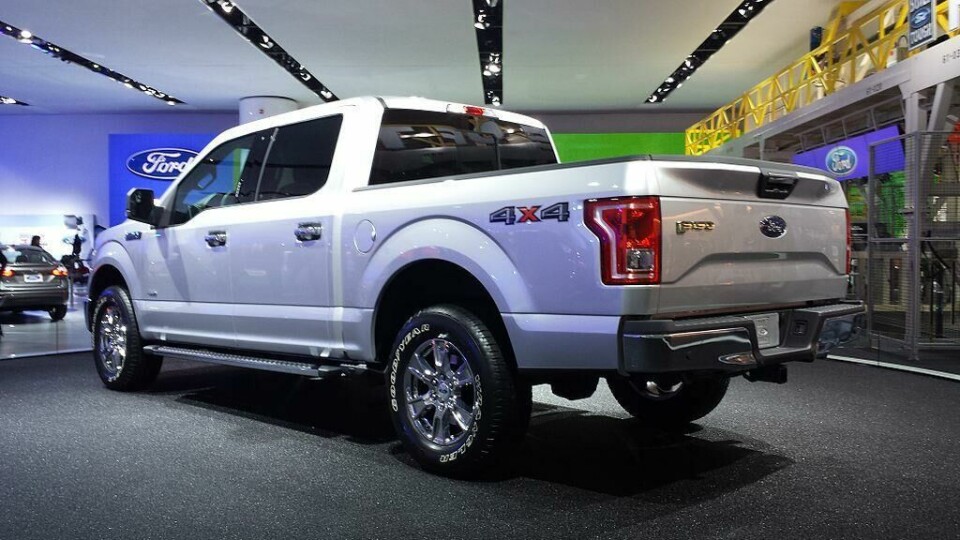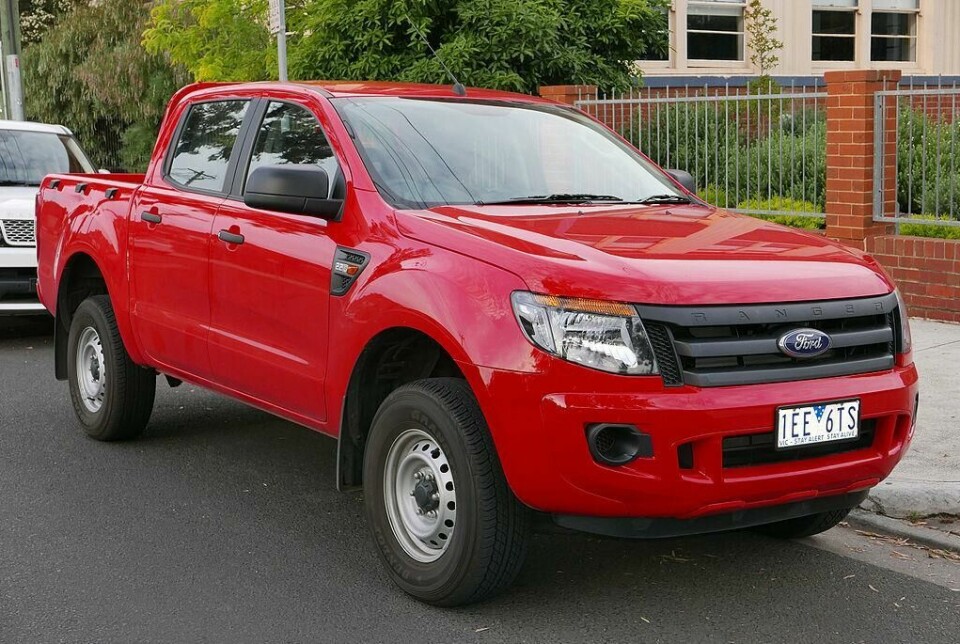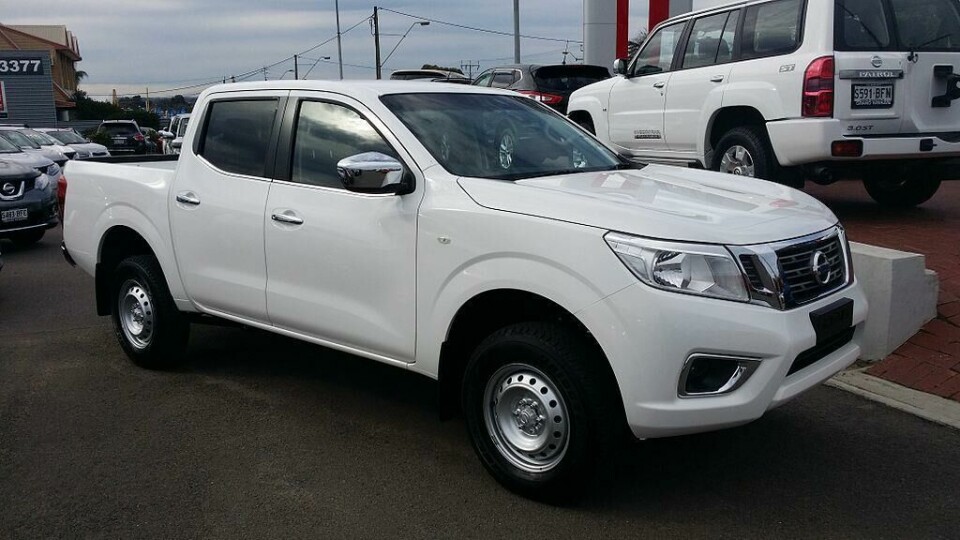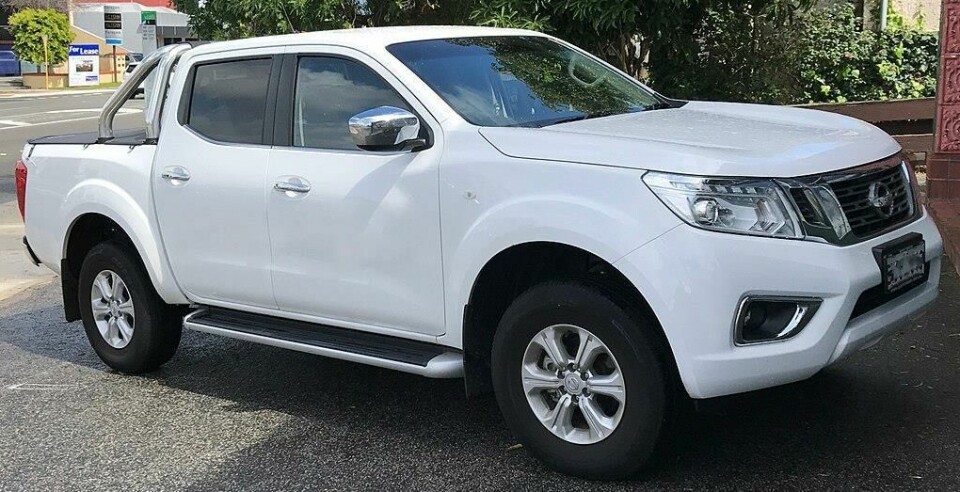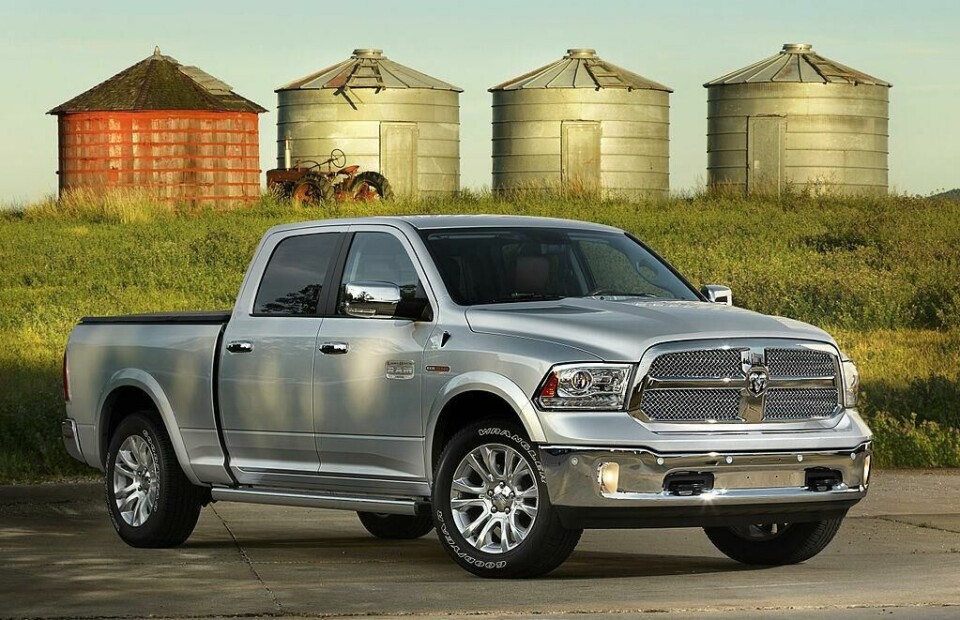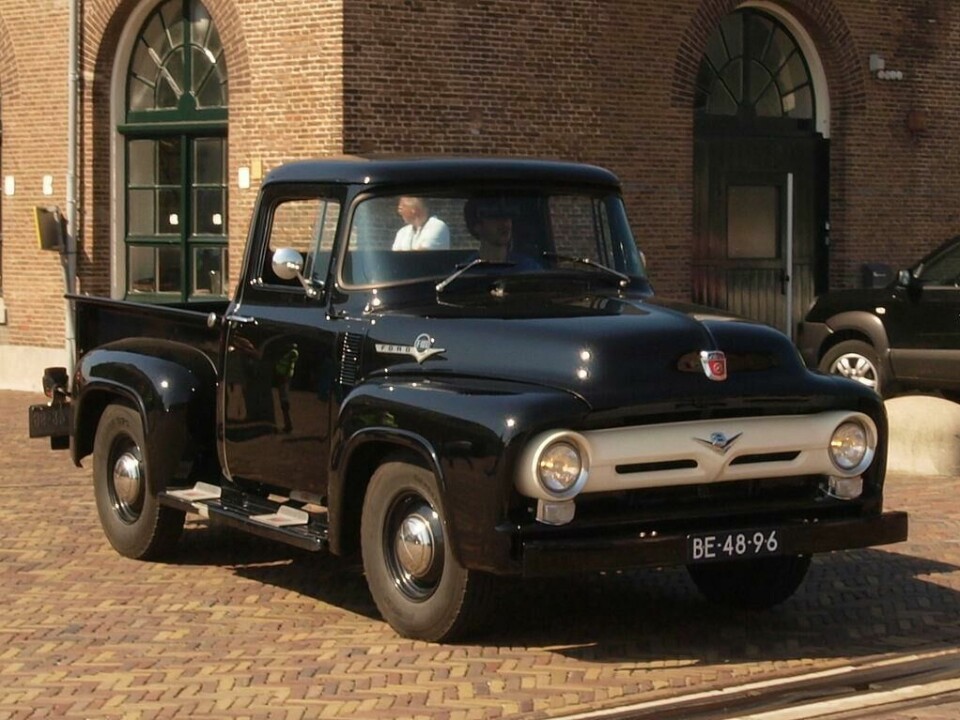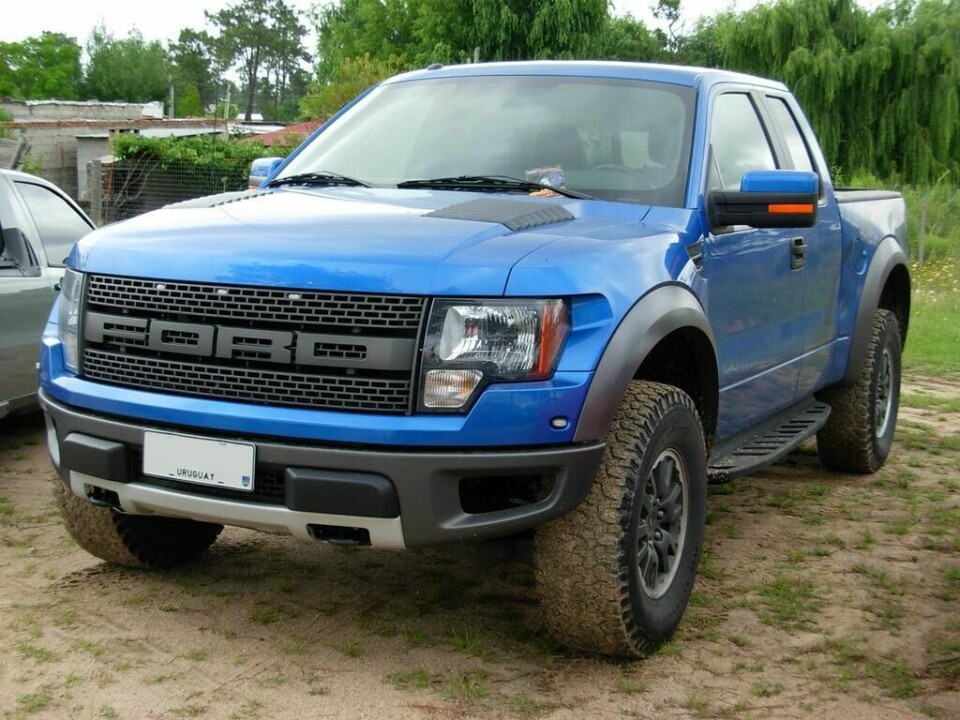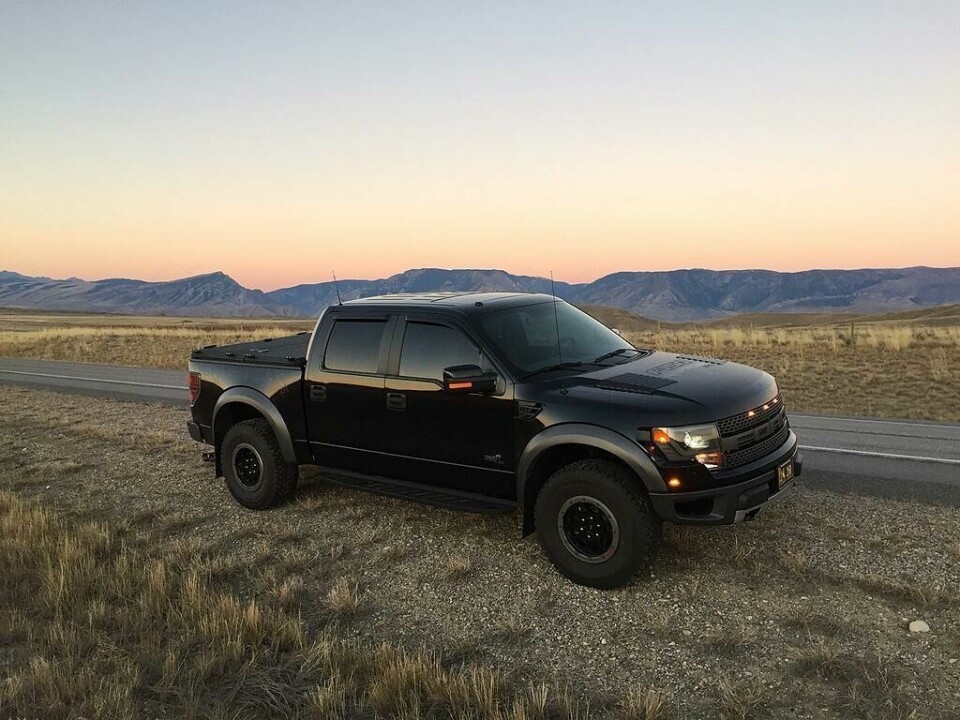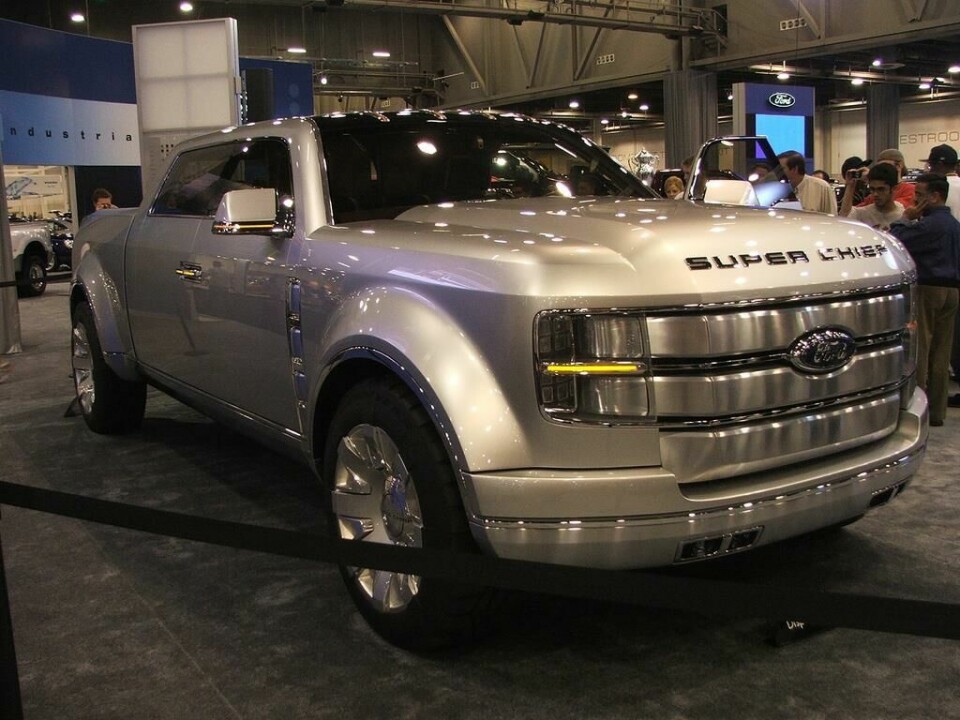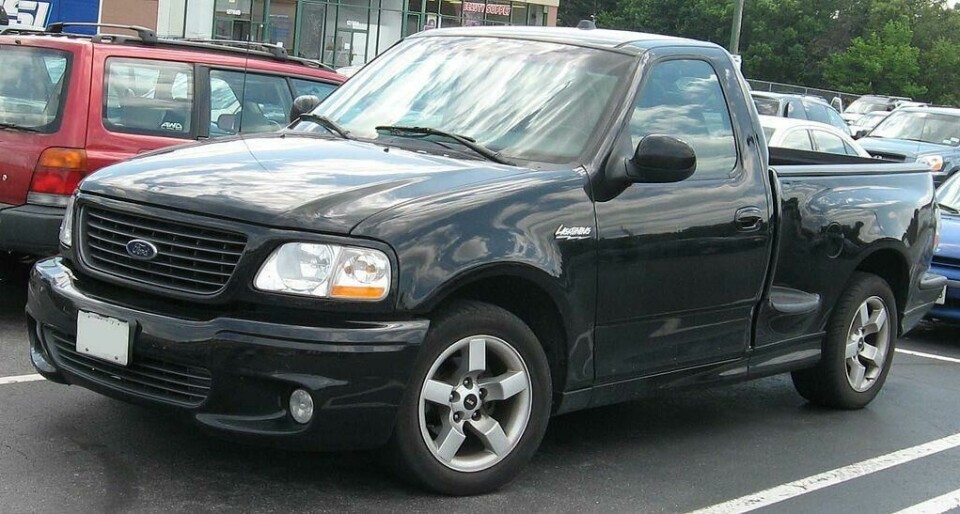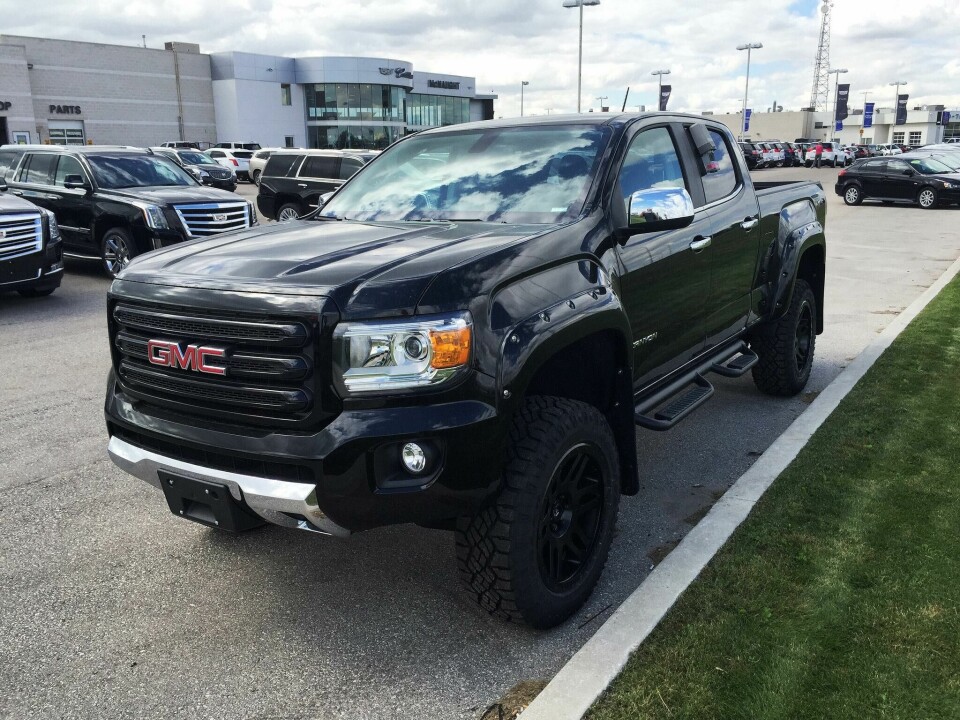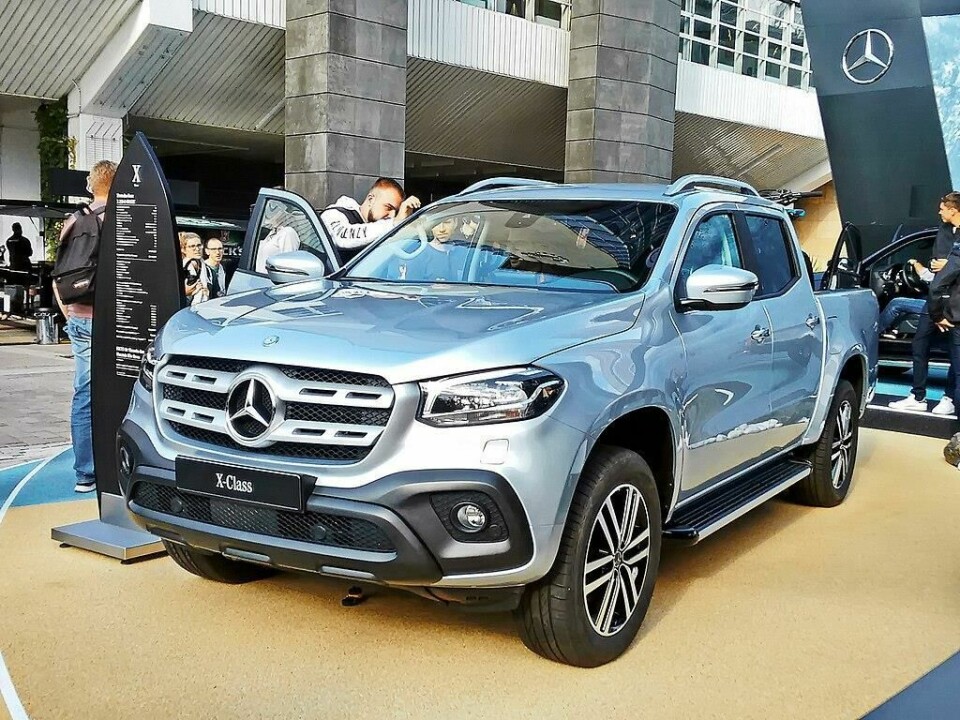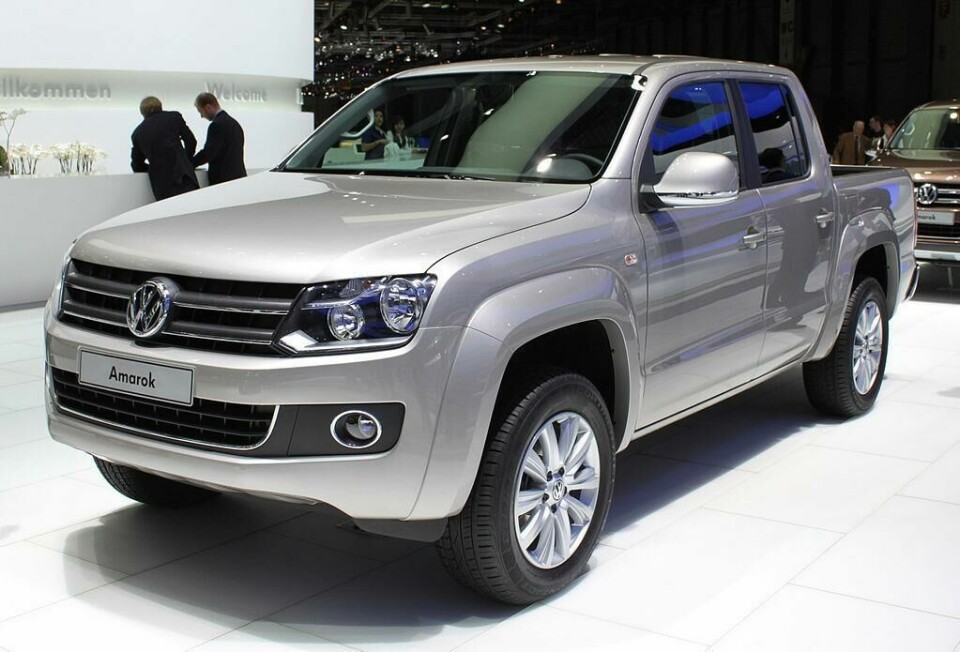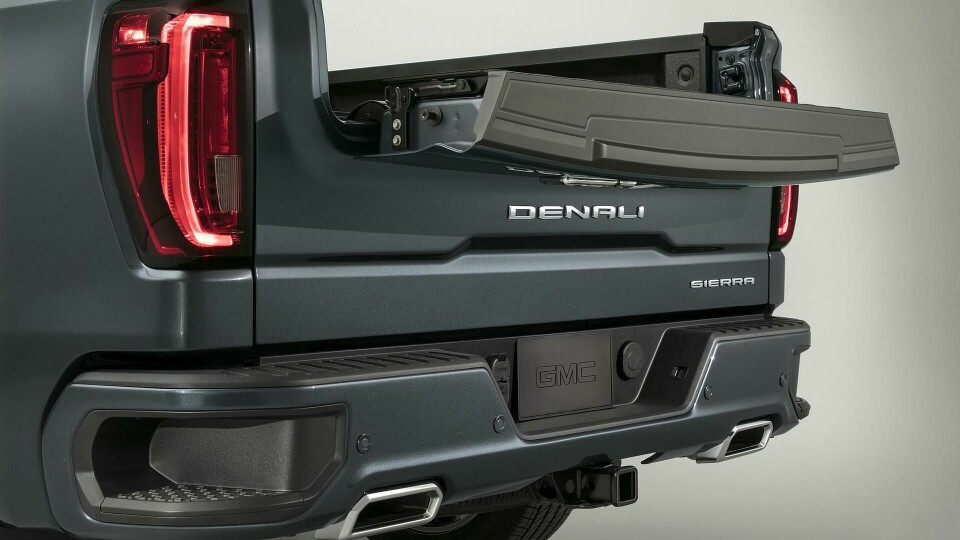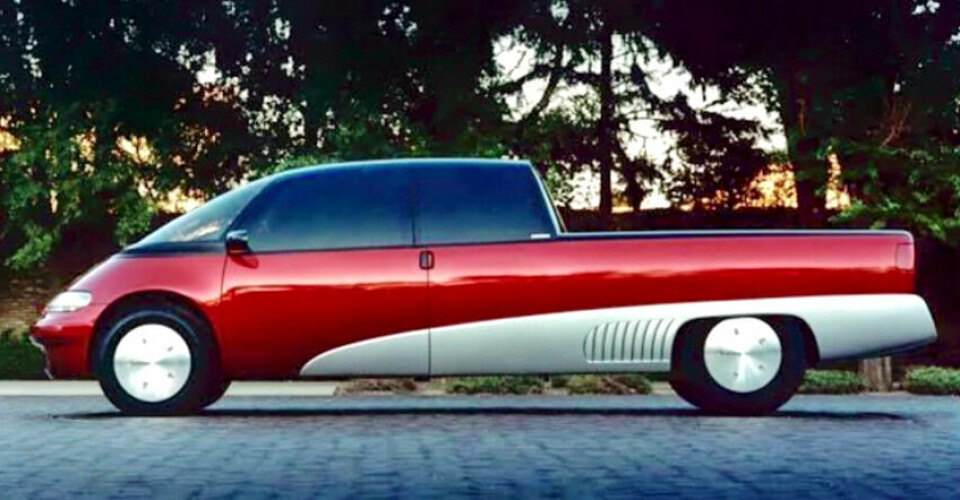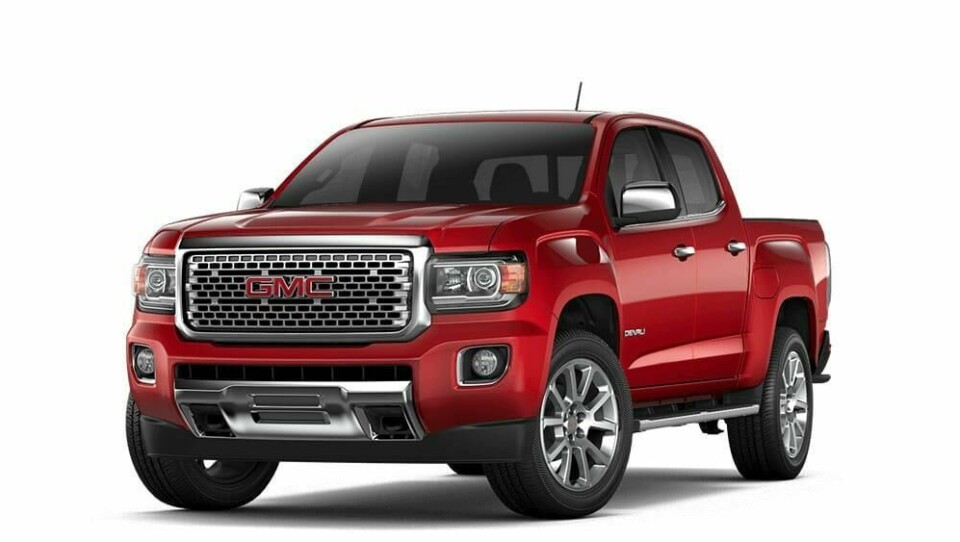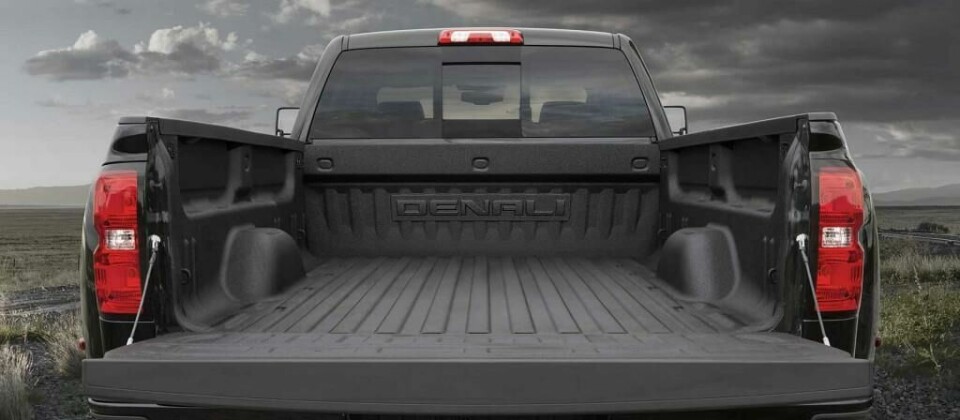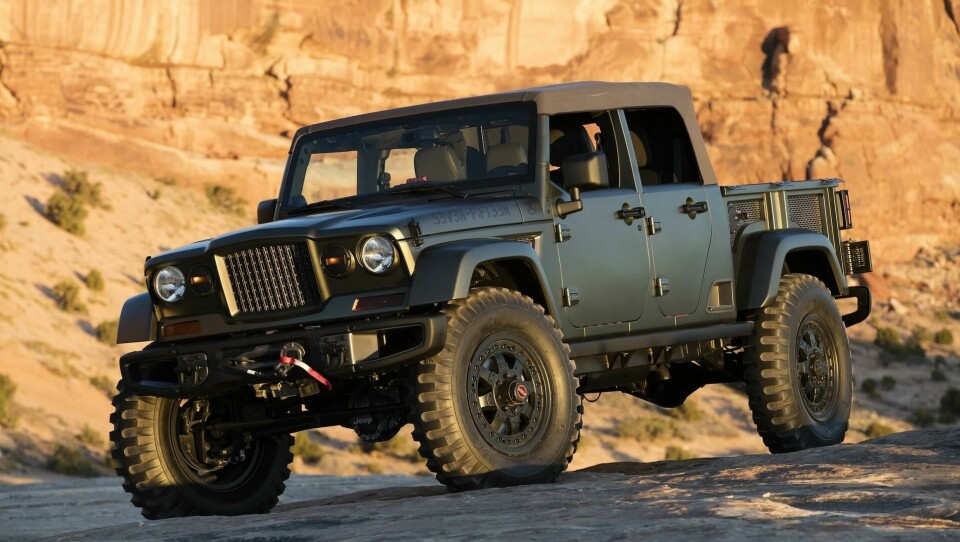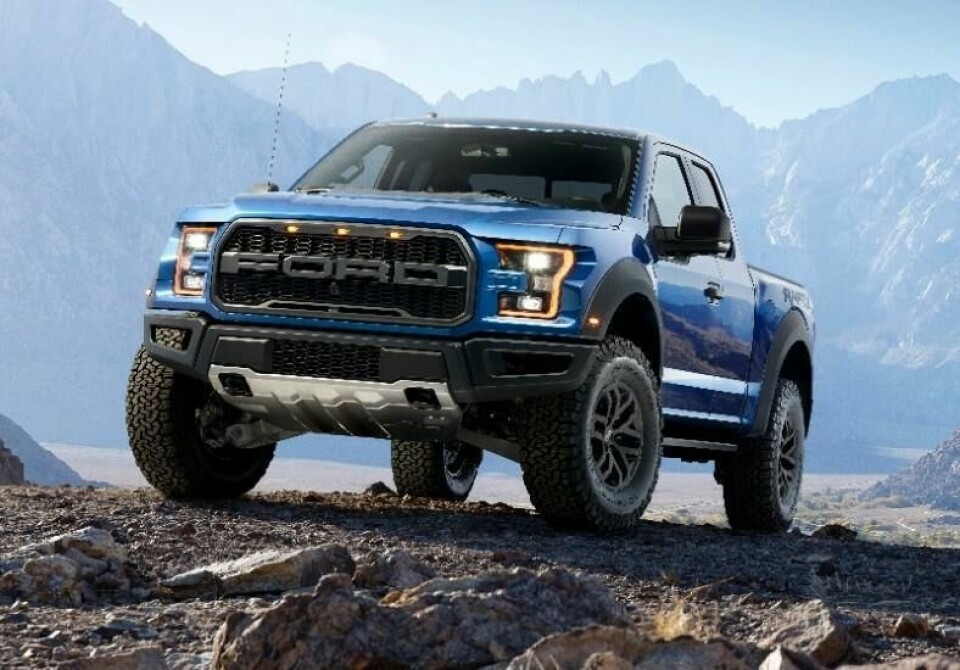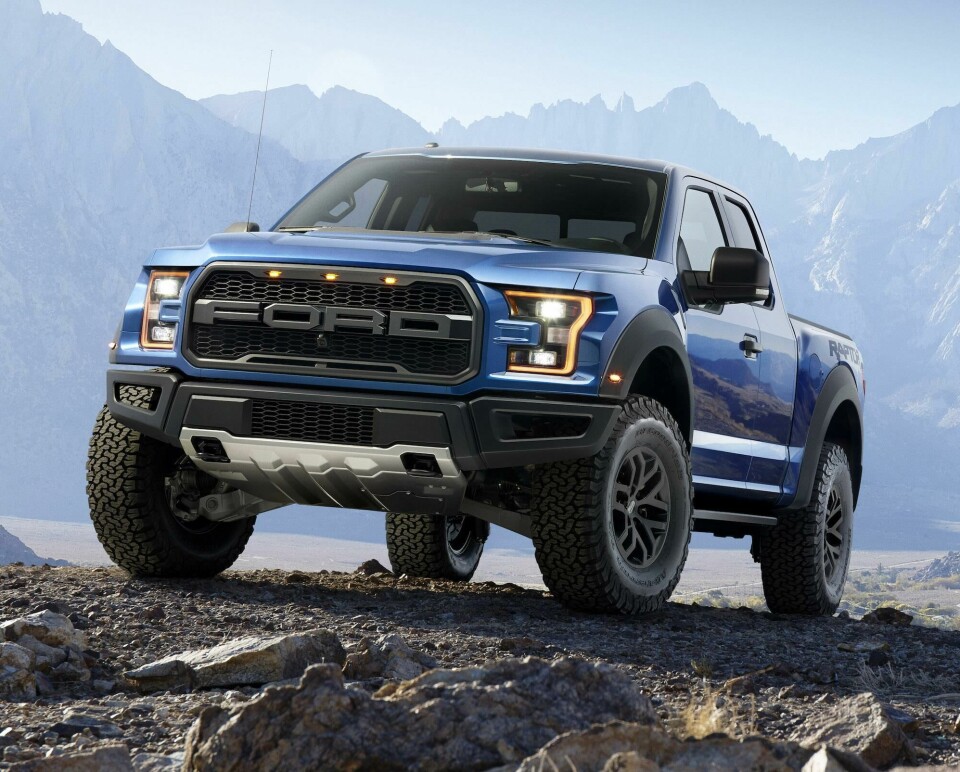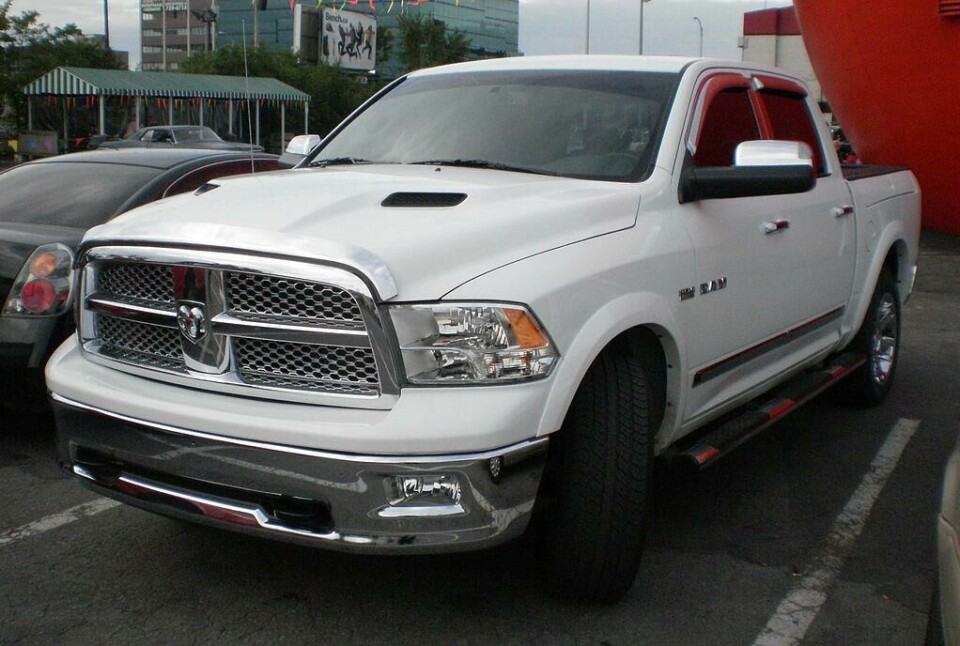
Pickup Trucks: Where Next?
What does the expanding remit of the pickup mean for its designers?
The formerly humble pickup truck – not to be confused with smaller, car-based ‘coupé utility’ vehicles, nor the Australian ‘ute’ – has long been a staple of the North American roadscape (Ford’s F-Series trucks, and numerous others, are a fixture atop US sales charts) as well as many of the world’s more remote and rugged locales.
Recent years have seen pickup trucks gain ground in Europe too, resulting in the likes of Renault, Volkswagen and, somewhat controversially, Mercedes-Benz now piling into the segment.

What’s more, not only are pickups now growing in popularity on both sides of the Atlantic, many are transcending mere workhorse status to become default family transport, and even upmarket objects of desire.
With this in mind, how might we expect this burgeoning segment to develop over time?

One of the first things to become apparent about the pickup genre is the heavy-duty aesthetic favoured by most. Monolithic, imposing DRGs, expansive chrome-laden grilles and thickset detailing are very much the norm, imbuing many trucks with a tough, somewhat ‘macho’ character.
This is something which holds appeal not just to the many male buyers which trucks attract, but also with female ones too, according to Helen Emsley, Executive Director of Global Design at GMC (a mainstay of the pickup truck sector).

“We sell a lot [of trucks] to men, but a lot to women also” she states, “I think a think a lot of women buy [our trucks] because they do look tough.”
“Would I move away from the masculine look, probably not – the pickup truck guys would never forgive us. I’d probably have to leave the country!”

Although some commentators (this writer included) have become increasingly disenfranchised with the trend for increasingly aggressive design within the passenger car market, here it seems far more appropriate.
Ultimately, many trucks are genuinely hardy and capable vehicles, thus their imposing facades do not carry the whiff of try-hard fakery which haunts many a modern crossover or hatchback.

Of course, designers must be careful that macho visuals don’t spill over into self-parody, but by the same token it is indeed difficult to envisage a time when trucks might ‘go soft’.
Interestingly, GMC’s own back catalogue contains an example of how this scenario might have played out. The Centaur concept of 1988 (which far predates Emsley’s reign) featured an MPV-style monovolume front end alongside softer, car-like styling – a far cry from the usual truck formula.

While the clean sheet approach taken here was admirable, it has to be said the Centaur appears somewhat incongruous visually and, much like its mythical namesake, is difficult to imagine roaming today’s streets – let alone appealing to the kind of buyers who crave imposing solidity.
Just because no-prisoners styling is here to stay, however, doesn’t mean designers can afford to rest on their laurels; these vehicles might be expected to look tough, but stale design won’t cut it. “The design of our vehicles is very important for GMC,” Emsley states, “one of the top three reasons [our customers] buy a new vehicle is for the look.”

The visual variety possible within pickup design is perhaps best illustrated by some of the many concept trucks we’ve seen over the years, from Ford’s minimalist masterpiece, the F-250 Super Chief (2006), to the retro-militaristic vibe of Jeep’s Crew Chief 715 (2016 – see gallery).
Don’t forget either the wonderfully wacky Nissan Nails (2001), which although more of a coupé utility than full-blown truck, demonstrated that looking tough needn’t mean following convention.

Aesthetics aside, where should we expect tomorrow’s trucks to differ from those on offer today?
“Pickup trucks have become so advanced now, [our customers] want to use them all the time, not just when they’re at work, but also when they’re with their family” Emsley states. As such, it follows that practical and thoughtful features which helpfully round off some of the rough edges of tough work-bred trucks should proliferate and find favour.

One such feature Emsley is keen to point out is the MultiPro tailgate featured on the company’s freshly launched 2019 Sierra.
“When you’re trying to load things into a pickup with one person, you only get so far. With this new function, it folds down into steps. No-one else has this,” she enthuses.

Furthermore, since trucks are increasingly everyday transport in the US and elsewhere, the growth in demand for luxurious and exclusive trucks shouldn’t come as a surprise. GMC has taken advantage of this with its upmarket Denali range.
To Emsley, the key to the Denali’s success is differentiation. “We never cannibalise Denali” she asserts. “For example, I would never take a grille from the Denali and move it down a trim level, we don’t share (the Denali) parts.”

This said, however, Emsley is in no doubt that even upmarket pickups still need to function as trucks; “the GMC guys, they want their interior and the truck itself to be practical, they don’t want it gimmicky. They want everything luxurious, but they don’t want to compromise on wear and tear.”
Furthermore, she is more than aware that the long-term credibility of the GMC brand itself relies on its products being taken seriously amongst traditional truck buyers; “the pickup trucks, they’re our bread and butter, we would never compromise [with our trucks].”

But while many older buyers crave luxury, Emsley has observed a different trend amongst the young; “I tend to find that the younger guys that go for the Canyon [GMC’s mid-sized offering]. They don’t want as much chrome; they want the truck to look ‘off-road’ rugged. It’s interesting, younger people are not into the flash as much.”
The warm reception afforded to Ford’s hardcore, chrome-free Raptor is perhaps indicative of this.

It’s not hard to see how such a vehicle could capture the imagination a young audience. Other marques have also explored this extreme off-road theme of late, such as Toyota last year with its Hilux Tonka Concept.
Might these be the first signs of a wider reaction against the ‘bling’ culture which has loomed large over automotive design in recent times? Time will tell.

Whether or not this proves to be the case, it is perhaps unsurprising, considering that the pickup truck’s star is in the ascendancy – and not just in the Lone Star State. In our increasingly sanitised, homogenised and mollycoddled age, maybe what many of us actually crave is, to put it bluntly, ‘a bit of rough’.
The rugged, brash, unapologetic nature of many trucks could perhaps be seen as an ideal antidote to the oppressive order and conformity we often contend with in our daily lives.

Thus, for designers, the key to success would seem to centre around how to housetrain these big beasts for a life in the suburbs (not just the sticks) without diluting the rugged, authentic nature and work-bred credibility which has always set them apart.
A delicate balancing act to be sure, but one which will surely continue to pay off if maintained. After all, we all love the spirit of adventure, but most of us love it even more when it comes with all the comforts of home.
